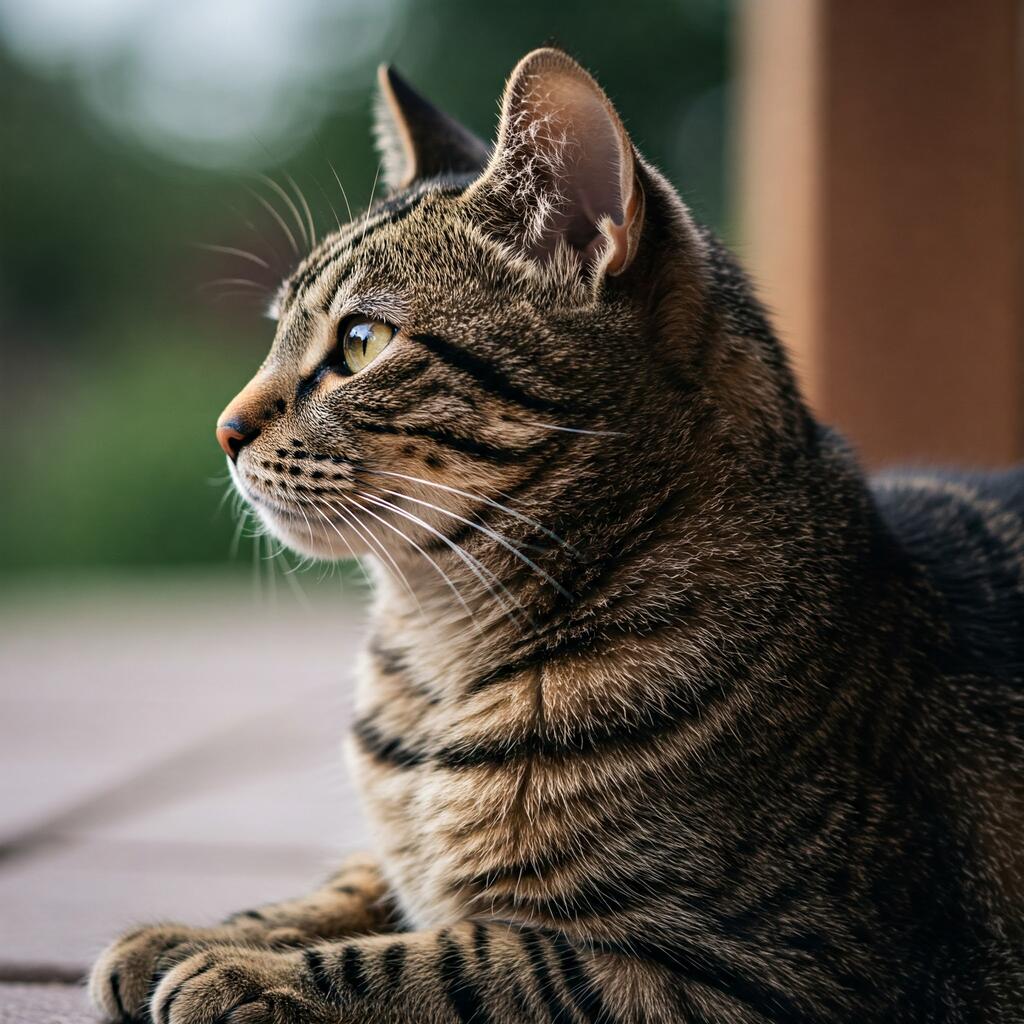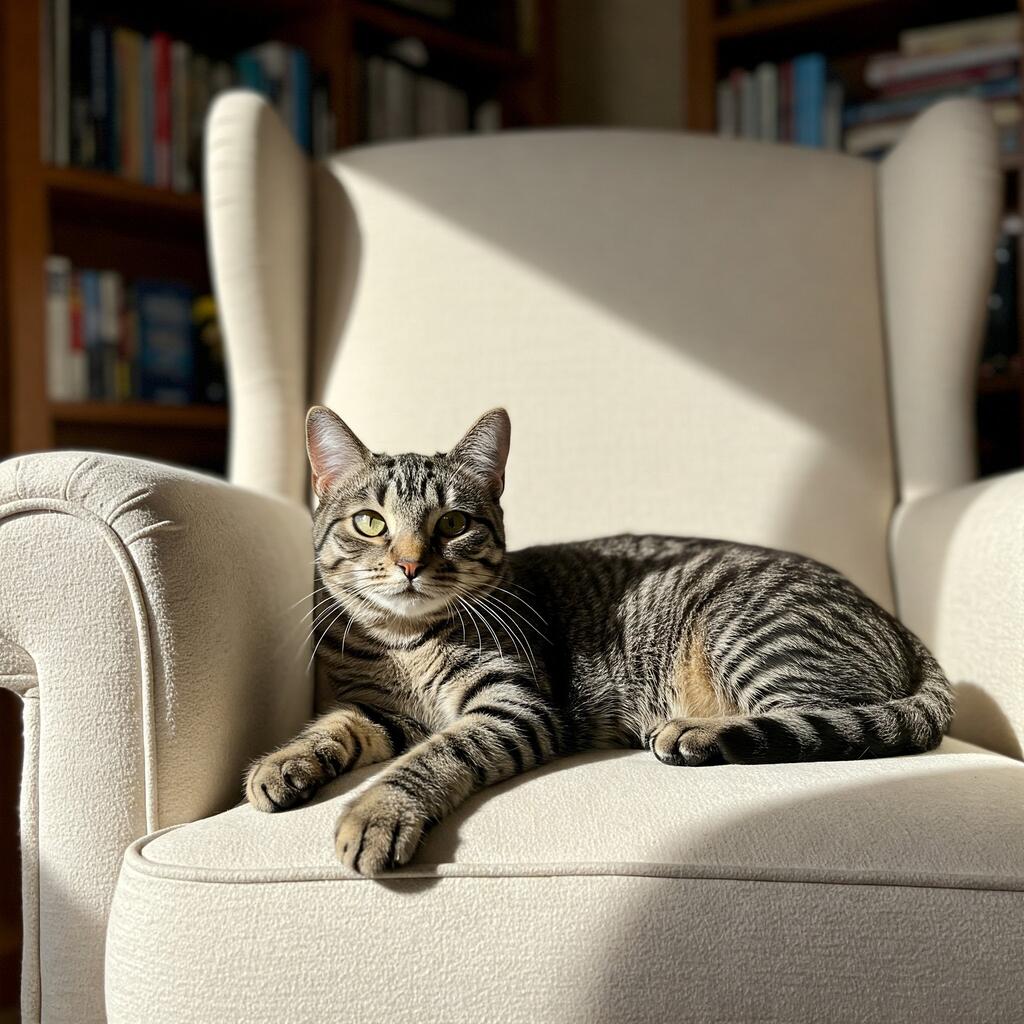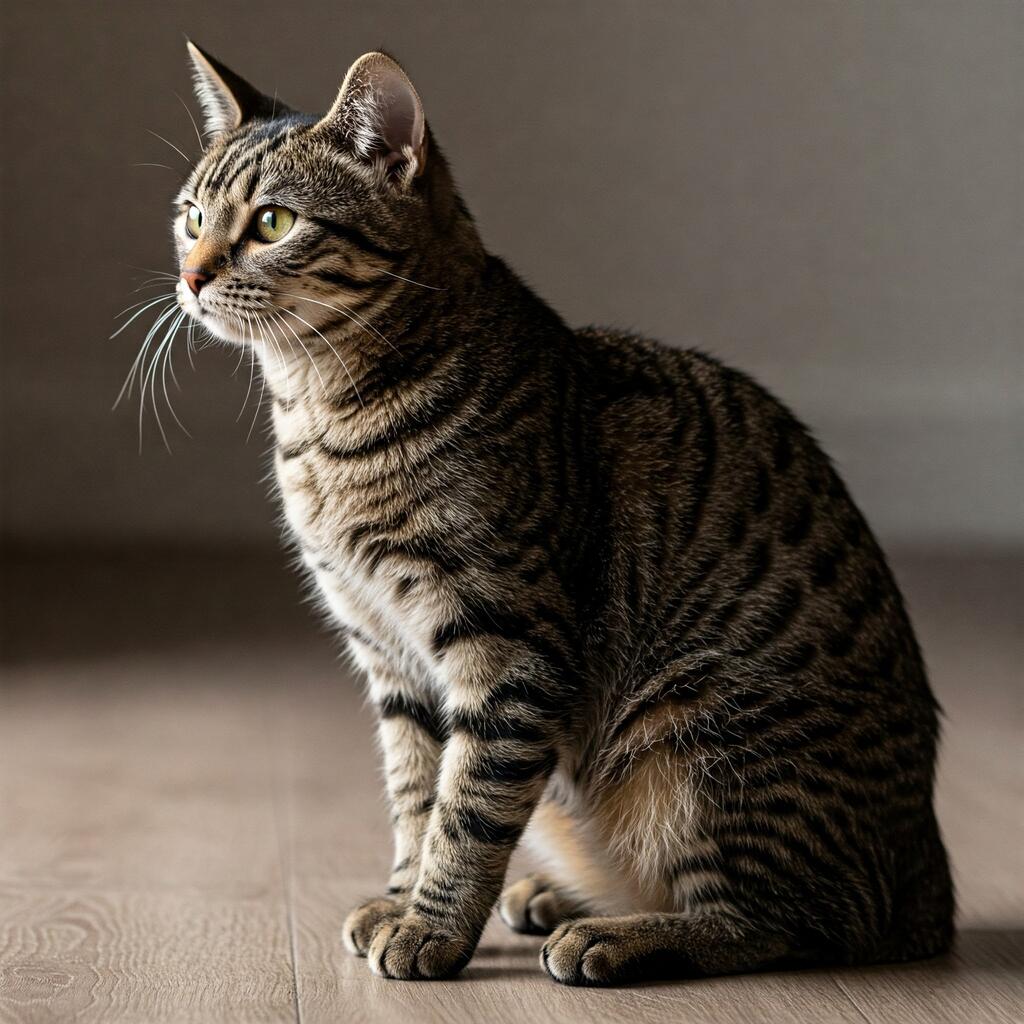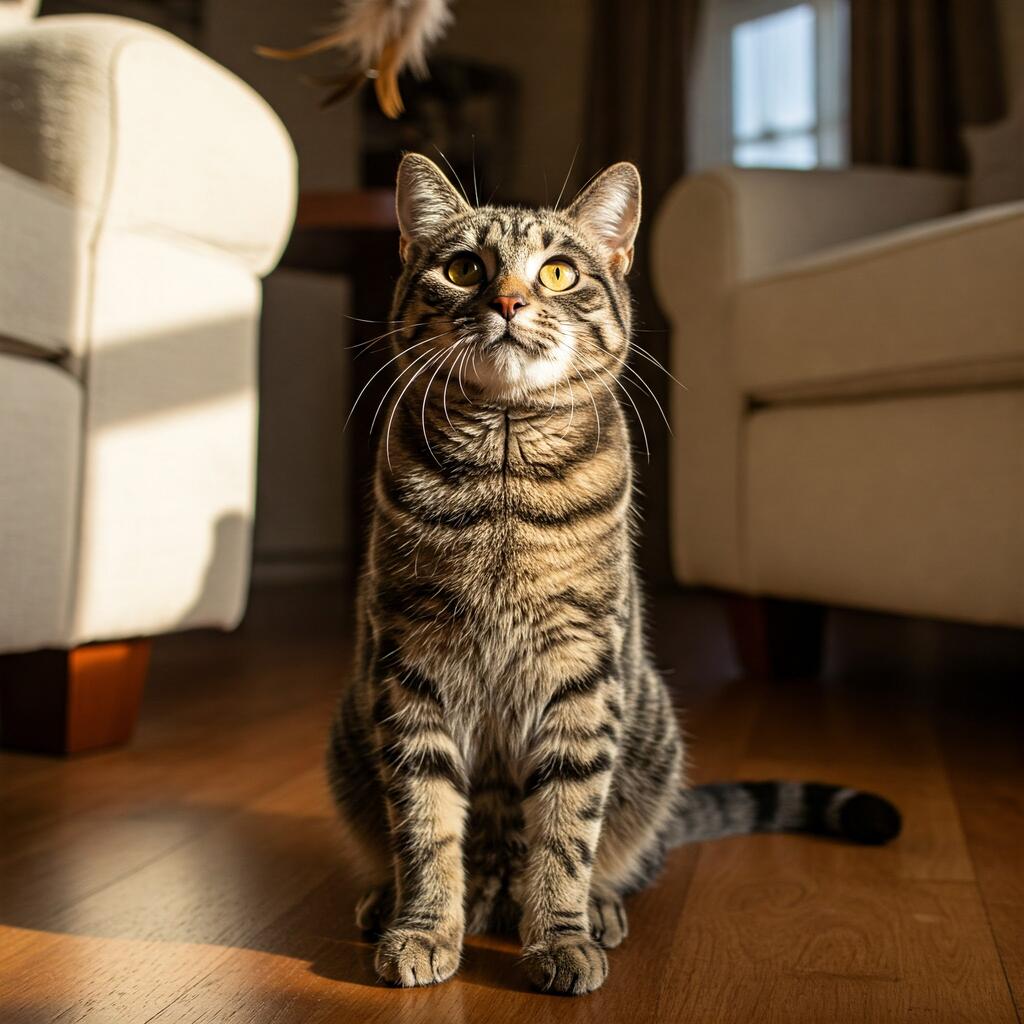
Tabby Cat Breed: Understanding Their Coat Markings
The Tabby Cat is not its own true breed, but is more commonly called the classic mixed breed cat, i.e. the cat that does not have a well-defined pedigree so that it can be traced back to a particular breed. It is often mistaken for the European cat, which is very similar, but the latter has a well-defined pedigree and is officially recognised by the most renowned feline associations.
The Tabby Cat takes its name from Soria, present-day Syria where it is particularly common in the wild. This cat has had no manipulations or cross-breeding other than spontaneous, so it is very close to its ancestors today.
In English it is also called Tabby, which derives from Attabiyah, a region in present-day Iraq where a silk with patterns very similar to its coat is produced.
Considered skilled hunters, Tabby Cats were used in the Middle Ages to catch mice and thus easily and cheaply clean up the streets and alleys of the time. Today, however, they are wonderful pets, able to live both indoors and outdoors. It is by far the most widespread cat in Europe and America.
Character of the Tabby Cat

At the same time, it is a very affectionate and intelligent cat and once it has been adopted, it tends to have a favourite human in the family circle, in fact, precisely because it is very intelligent, it tends to understand which of the people in the family has a temperament that can go well with its own.
Having a background as a street cat, he can cope very well in situations that would be difficult for a cat living exclusively indoors.
These cats are used a lot for pet therapy, as they are very relaxed and friendly and get along well with both children and the elderly. They get along well with other animals and even birds. They are absolutely not aggressive unless provoked.
If not sterilised, both male and female tend to be very irritable during the heat period. The male tends to wander off quite a bit in search of kittens in heat, may then disappear for several days and will easily pick a fight with any other male who opposes him, the female will roll around on the floor emitting a plaintive meow for days.
Appearance of the Tabby Cat

The coat of this cat species may be of many colours; black, white, grey, brown, red and may be tiger, spotted or marbled. It has a thick and very shiny coat, soft to the touch. It has a more or less thick undercoat, depending on the climate in which it lives. An unmissable characteristic for a tabby is the M on its forehead that almost looks like a crown.
Health and care of the Tabby Cat

This cat enjoys excellent health, there are no known genetic disorders related to its breed. It is also very long-lived, living up to 20 years and there are many cases in which it has lived even longer. It is a greedy cat that prefers to have snacks throughout the day and to have food available at all times, it can even eat up to 10 meals a day, it does not tend towards obesity, but it is good to avoid food that is too calorific to exclude overweight problems.






















